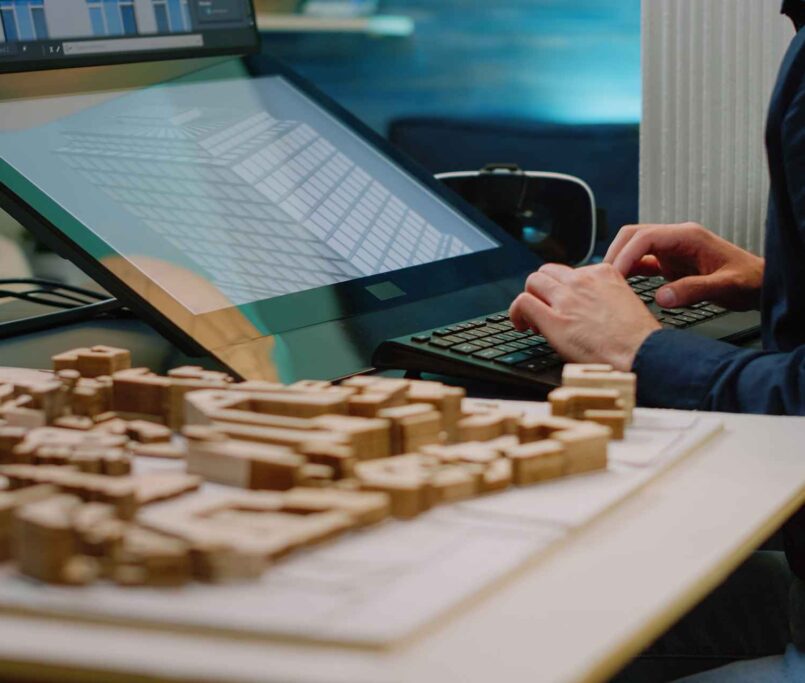History of Millwork
The history of millwork dates back to the industrial revolution in the 19th century when new machinery allowed for the mass production of wooden products. It led to the development of specialized mills that produced standardized products such as doors, windows, and moldings. Before this, these products were crafted by hand by skilled carpenters, making them expensive and time-consuming to produce. During the early 20th century, architects began incorporating millwork into their designs to add a decorative and functional element to buildings. In the United States, millwork became particularly popular during the Victorian era, when ornate architectural details were highly valued. Millwork is still a prominent feature in modern architecture, with many architects and designers using it to add character and style to their projects.Impact of Millwork on Modern Architecture
Millwork refers to the custom-made woodwork produced in a mill or workshop, including cabinetry, doors, window frames, and molding. The use of millwork has had a significant impact on modern architecture, and here are some ways it has influenced the field:
1) Customization
Millwork allows architects to create unique, custom-made pieces that fit perfectly into a specific design. This level of customization will enable architects to achieve a high level of precision and detail in their designs, giving buildings a unique character and sense of identity.
2) Versatility:
Millwork is a highly versatile material used in a wide range of applications. This versatility allows architects to use millwork in many different ways, from creating ornate and decorative elements to creating functional aspects that are essential to the functioning of a building.
3) Sustainability:
Millwork is a sustainable material sourced from renewable resources. Additionally, because it is custom-made to fit specific designs, less waste is produced during manufacturing. This makes millwork an environmentally friendly option for modern architecture.
4) Timeless aesthetic:
Millwork has a timeless aesthetic that adds a sense of warmth and elegance to modern architecture. From the ornate moldings of traditional architecture to modern architecture’s clean lines and minimalist designs, millwork can be adapted to fit any style.
Architectural Shop Drawings
Architectural shop drawings are an essential part of the millwork design process. These detailed drawings visually represent the millwork elements used in a project, including their dimensions, materials, and construction details. Shop drawings are produced by a millwork manufacturer or fabricator, who works closely with the architect or designer to ensure that the millwork meets their specifications.
Millwork Shop drawings are essential because they allow architects and designers to review and approve the design of the millwork before manufacturing. This ensures that the finished product will meet their expectations and be suitable for use in their project. Shop drawings also help to minimize errors and ensure the millwork is being constructed to the correct dimensions and specifications.
Transformation of Architectural Shop Drawings
Architectural shop drawings are an essential aspect of the construction process. The drawings serve as detailed visual representations of a building’s design, providing crucial information about the structure, dimensions, materials, and installation methods. Over time, there have been significant transformations in architectural shop drawings. With the advent of computer-aided design (CAD) software and Building Information Modeling (BIM), the creation and sharing of shop drawings have become more streamlined and efficient. This has led to a reduction in errors and delays during the construction process. Additionally, advancements in 3D printing technology have enabled the creation of physical models, which can aid in visualizing and communicating complex design concepts to clients and contractors. Overall, these transformations have revolutionized how architects and construction professionals approach the production and sharing of shop drawings.







